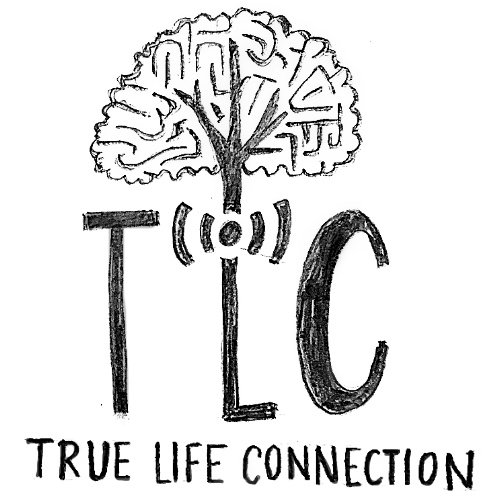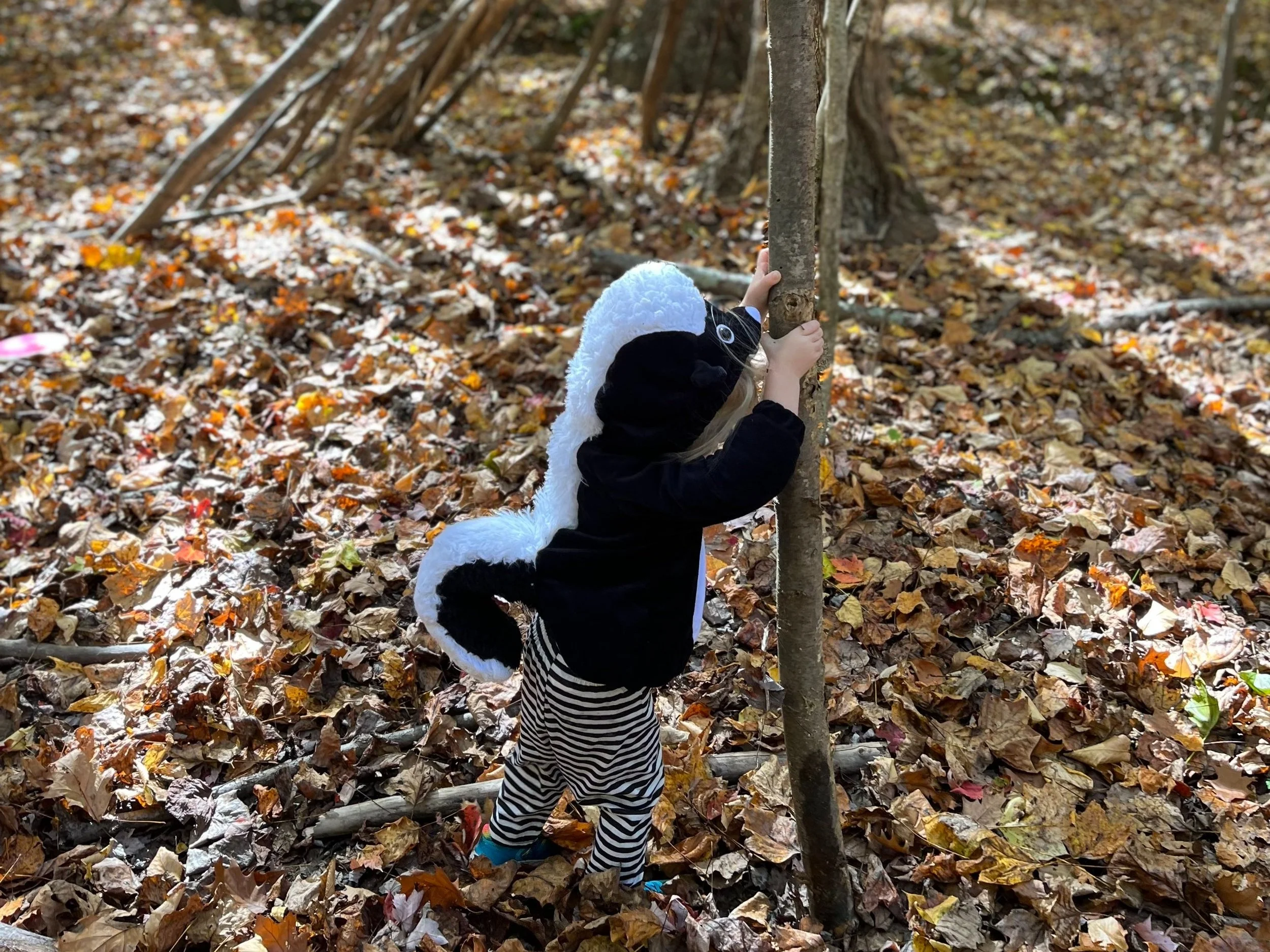Mom Hack: Enhancing Your Child’s Play Through Nature
First, let’s take it back…
Do you remember running to a neighbor’s house asking them to play with no end goal in mind except to have fun? Do you remember getting bored at recess and resorting to braiding flowers into crowns? How about when school called for a snow day and you wanted nothing more than to create the ultimate igloo with your friends? I’m sure many adults enjoyed unstructured outdoor play experiences as kids, but how many promote these types of experiences in their own kids? By the end of this article, you should feel encouraged by knowing how unstructured outdoor activities presented to your child or children are impacting their development.
Let's talk about play as an occupation. An occupation is something a person needs to or wants to do. For an adult, we often think of our jobs, but that's not all we need to or want to do. Occupations include child-rearing, self-care, education, sleep, and more. For a child (and some adults, including my husband when he’s around our nieces/nephew), one of their most important occupations is play. It is key to so many aspects of the developing child.
Why is the natural world so important to a child’s development through play? As Richard Louv states in his book, Last Child in the Woods: Saving our Children From Nature-Deficit Disorder (2008):
Whatever shape nature takes, it offers each child an older, larger world separate from parents. Unlike television, nature does not steal time; it amplifies it. Nature offers healing for a child living in a destructive family or neighborhood. It serves as a blank slate upon which a child draws and reinterprets the culture’s fantasies.Nature inspires creativity in a child by demanding visualization and the full use of the senses… In nature, a child finds freedom, fantasy, and privacy: a place distant from the adult world, a separate peace. (pg. 7)
The areas of development…
I focus on as an occupational therapist include: spiritual, sensory, motor, cognitive, and social.
Spiritual wellness is expanding a sense of purpose and meaning in life, including one’s morals and ethics. The natural world speaks of something bigger than us, it humbles us as we reflect on how complex and majestic yet systematic it is.
Sensory processing is an internal process that responds to external stimuli. It includes vision, hearing, touch, taste, smell, proprioception (or understanding where one is in relation to the things around them), vestibular sense (or recognizing movement), interoception (or processing internal stimuli), and pain. Problems in this system may impact daily functioning as evidenced by picky eating, clumsiness, quick-motion sickness, and potty accidents. Nature offers the perfect balance of sensory stimulation to engage our attention but not overwhelm it.
Motor development includes skills related to moving and coordinating one’s body in large-scale and small-scale ways. Play in nature offers a child motivation to engage their bodies in these ways. Whether it be picking up sticks to build a fort or tying clovers together to make a bracelet, it's working on developing motor skills.
Cognitive skills originate in the brain and include things like attention, memory, perception, emotional regulation, temperament, and consciousness. A growing body of research shows that natural environments, which are experienced as esthetically pleasing and unthreatening, automatically affect our nervous system, our emotions and our cognition and hereby support general health processes (Nilsson et al., 2011). Involvement with therapeutic activities in natural environments has a positive psychological benefit by providing an occupation that is perceived as being meaningful, pleasurable, and rewarding (Relf, 1999; Gonzalez, Hartig, Patil, & Martinsen, 2011) and to have a positive influence on a person’s self-concept (Russell, 2000).
Social skills include small observable actions related to communicating and interacting with others in daily life tasks. A variety of social experiences can happen outdoors. The benefit nature offers social interaction is a calming environment in which children can be challenged socially yet maintain a more calm internal state. I’ve personally observed group experiences, such as TimberNook play, where children are given time and space to explore their natural roles in peer-led group tasks and have found positive social roles to replace negative ones, independent of adult intervention.
In conclusion, the easy mom hack to enhance your child’s play, outdoor free play opportunities! Think of how you can promote play in the great outdoors in the day-to-day. Maybe it's making a “mud kitchen”, painting, building a fort, making an obstacle course, or having a scavenger hunt. As you develop this mindset, wait and watch to see how your child grows! Below, feel free to share your outdoor play ideas or how your child has grown by exposure to outdoor play.
References:
Louv, R. (2008). Last child in the woods: Saving our children from nature-deficit disorder. Algonquin Books of Chapel Hill. https://doi.org/10.1111/j.1651-2227.2009.01502.x
Corazon, Sus & Schilhab, Theresa & Stigsdotter, Ulrika. (2011). Developing the therapeutic potential of embodied cognition and metaphors in nature-based therapy: Lessons from theory to practice. Journal of Adventure Education & Outdoor Learning. 11. 161-171. 10.1080/14729679.2011.633389.
Nilsson, K., Sangster, M., Gallis, C., Hartig, T., Vries, S., Seeland, K., & Schipperijn, J. (Eds.).
(2011). Forests, trees and human health. London: Springer.
Relf, P. D. (1999). The role of horticulture in human well-being and quality of life. Journal of
Therapeutic Horticulture, 10, 10–14.
Relf, P. D. (1999). The role of horticulture in human well-being and quality of life. Journal of
Therapeutic Horticulture, 10, 10–14.
Russel, K. C. (2000). Exploring how the wilderness therapy process relates to outcomes. Journal of Experiential Education, 23(3) 170–176.

